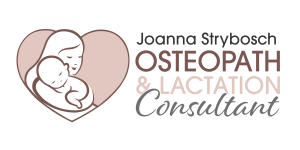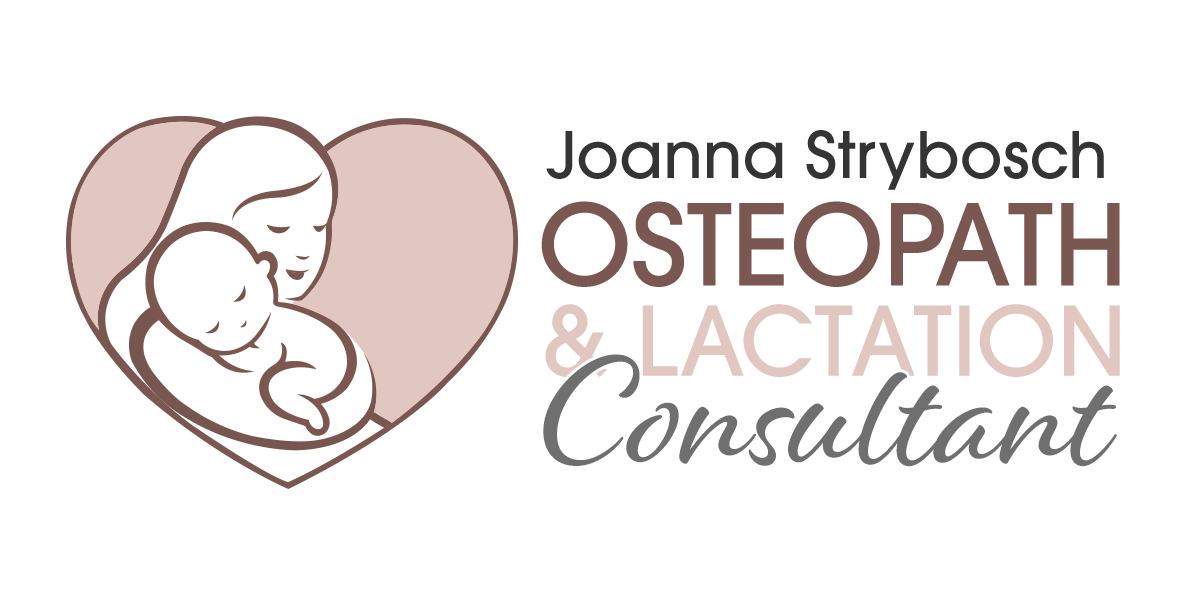Author: Joanna Strybosch
Mastitis is a common inflammatory condition of the breast tissue. It is estimated that one in four breastfeeding women experience mastitis at some point in time, most commonly in their first 26 weeks postpartum.
It is a condition that presents with red, tender, hot and/or swollen areas of the breast and flu like symptoms such as fever, aches and chills. It can vary in severity from mild through to a more severe condition. It is possible to develop mastitis more than once in the same lactation as well as in subsequent lactations.
The most common form of mastitis is acute lactational mastitis (ALM). Sometimes there is an infectious agent – most frequently staphylococcus aureus. However often there is no clear infectious pathogen involved. In these cases, the most common cause is inflammation due to milk stasis. When there is inadequate milk removal from the breast, milk builds up within a lobe of the breast causing inflammation and the characteristic intense local pain of mastitis.
Acute lactational mastitis has a sudden onset of symptoms and usually runs a short course. The known risk factors for mastitis are the wearing of a tight bra, previous mastitis, no breastfeeding support, long times between feeds, hyperlactation, use of nipple shields and quick weaning. These situations lead to milk stasis and/or inadequate milk removal. In addition, nipple wounds are a risk factor for staph aureus infections.
The first step in the management of ALM is to keep the breasts as empty as possible. This means breastfeeding more often and making sure that baby is properly positioned and latched for effective milk removal. If baby is unwilling or unable to feed, milk removal must be done through hand expression or use of a breast pump.
Mastitis can be an extremely painful condition. Mothers need to be cared for and supported to continue breastfeeding while recovering from mastitis so as to not prematurely wean. They need lots of rest, which is vital for a quick recovery. They also need to remain well hydrated and to eat well. The use of cold compresses on the affected breast can be soothing as well as short periods of warmth on the breast just before feeding in order to help the milk flow. Practically, mums need help with their baby and any other siblings as well as help around the home, in order to allow her to have adequate rest.
If symptoms do not resolve within 12 to 24 hours or if the mother is feeling very unwell she should continue with the above measures and seek medical treatment. In these cases, antibiotics will be required. After commencing antibiotic treatment usually the symptoms of fever and chills disappear within 12 hours. However the pain, redness and breast lump will take longer to resolve. If symptoms do not improve within 48 hours see your doctor again for further help. ALM can lead to a breast abscess if not managed correctly or treated adequately.
During mastitis, a mother’s milk will taste more salty but it is perfectly safe for her baby to drink. Putting her baby to the breast frequently is usually the most effective way to remove milk from the breast and resolve mastitis and should always be encouraged.
Recent studies have shown that the risk of developing lactational mastitis is significantly reduced by the daily consumption of fermented foods and drinks, including kefir and boza, homemade and conventional yoghurts and pickles. Consuming a diversity of these foods was also found to be protective. In contrast, the consumption of probiotic supplements for the management of mastitis is unproven.
Mastitis is a common inflammatory condition of breast characterised by local pain and redness and flu-like symptoms. Management involves the effective removal of milk by frequent breastfeeding or expressing/pumping if required. The majority of cases will resolve with this management. Antibiotic treatment may be required in some cases.
See your lactation specialist for further advice.





